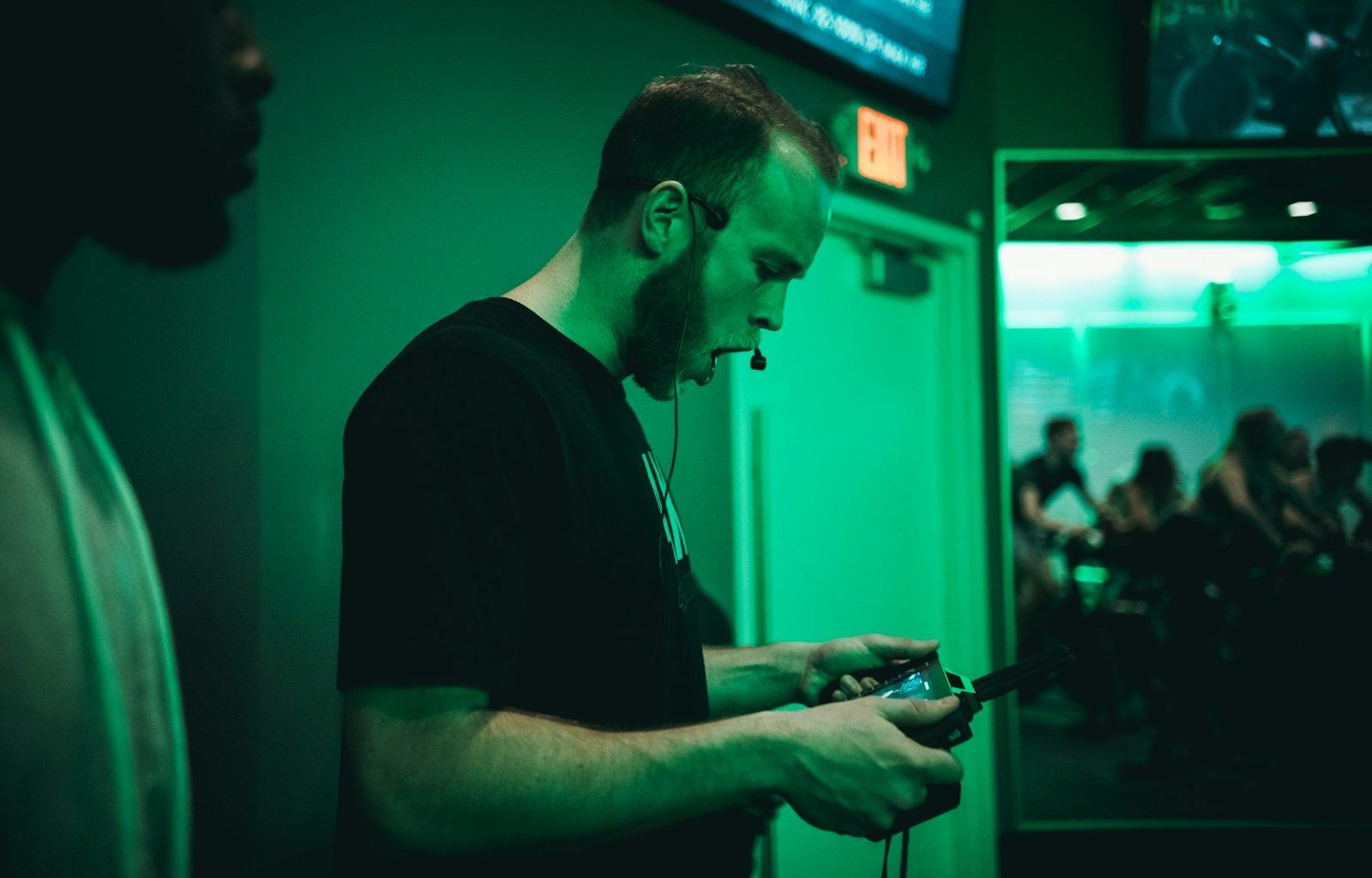Creating music for videos can feel like a daunting task, especially if you’re just starting out. However, with the right tools, techniques, and mindset, anyone can produce a stunning soundtrack that elevates their video content. Whether you’re making YouTube videos, a short film, or even a presentation, good music can make all the difference. In this guide, we’ll walk you through everything you need to know to make music on video seamlessly.
Understanding the Role of Music in Video
Before diving into the process, it’s crucial to understand why music is important in videos. Music sets the tone, builds emotion, and helps connect the audience to your content. Imagine watching a suspenseful scene without dramatic background music or a romantic montage without a soft, heartfelt melody—it just wouldn’t feel the same.
When creating music for your video, think about the mood you want to convey. Is it upbeat and energetic? Calm and reflective? Start with a clear vision, and everything else will follow.
Choosing the Right Tools
To make music for video, you’ll need the right software and equipment. Here’s a quick rundown:
- Digital Audio Workstations (DAWs): A DAW is essential for composing, recording, and editing music. Popular options include FL Studio, Ableton Live, and GarageBand.
- Audio Libraries: If creating music from scratch feels overwhelming, stock audio libraries like Epidemic Sound or Artlist can be lifesavers.
- MIDI Keyboard: For composing melodies and beats, a MIDI keyboard is a handy tool.
- Headphones or Speakers: Good-quality sound equipment ensures you hear every detail clearly.
Planning Your Soundtrack
Once you have your tools ready, it’s time to plan your music. Watch your video carefully and take note of its structure. Break it down into sections, like introduction, main content, and conclusion. Think about what kind of music would complement each part.
For example:
- Intro: Use an energetic track to grab attention.
- Main content: Choose something that matches the pacing and theme.
- Outro: Go for a smooth or uplifting track to leave a lasting impression.
Creating the Music
Now comes the fun part—creating your music! Here’s how you can get started:
1. Pick a Tempo
The tempo sets the pace of your music. For action-packed videos, a fast tempo works well. For emotional or slow scenes, opt for a slower tempo.
2. Start With a Melody
The melody is the heart of your music. Use your MIDI keyboard or software instruments to create something catchy but not distracting. Simple melodies often work best for videos because they don’t overpower the visuals.
3. Add Layers
Once you have a melody, build on it with layers like basslines, chords, and percussion. These elements add depth and make the music more engaging.
4. Match the Mood
Pay attention to the emotions in your video. If your visuals are cheerful, use major chords and bright instruments. For darker themes, minor chords and atmospheric sounds work better.
5. Sync With the Video
This step is crucial. Your music should align perfectly with the visuals. Use your DAW’s timeline feature to synchronize beats and transitions with key moments in the video. For instance, if there’s a dramatic scene change, make sure the music shifts accordingly.
Enhancing the Sound
Even the best compositions can benefit from some polishing. Here’s how to enhance your music:
- Mixing: Balance the volume levels of each layer so nothing sounds too loud or too soft.
- Effects: Use effects like reverb, delay, and equalization to add texture and dimension.
- Mastering: This final step ensures your music sounds polished and professional.
Adding Music to Your Video
Once your music is ready, it’s time to add it to your video. Most video editing software, like Adobe Premiere Pro or Final Cut Pro, lets you import audio tracks easily. Drag and drop your music onto the timeline, adjust the volume, and trim it to fit your video.
Finding Inspiration
If you’re feeling stuck, don’t worry. Inspiration can come from many places. Watch videos similar to yours and pay attention to their soundtracks. Listen to different genres of music to discover new ideas. Sometimes, even a walk outside can spark creativity.
Common Mistakes to Avoid
Here are some pitfalls to watch out for when making music for videos:
- Overcomplicating the Music: Simple is often better. Avoid adding too many elements that might distract from the visuals.
- Ignoring Audio Levels: Make sure your music doesn’t overpower dialogue or sound effects.
- Using Copyrighted Music: Always ensure you have the rights to any music you use, or stick to royalty-free tracks.
Tips for Beginners
If you’re new to this, don’t be afraid to experiment. Try different instruments, tempos, and styles. Practice makes perfect, and over time, you’ll develop a unique style that works for you.
Conclusion
Making music for videos doesn’t have to be intimidating. With the right tools, a bit of planning, and some creativity, you can create a soundtrack that takes your video to the next level. Remember, music is a powerful tool that can transform your visuals and leave a lasting impact on your audience. So, start experimenting, and have fun bringing your video to life with music!
For further reading, explore these related articles:
- Circles Post Malone Lyrics – A Song About Love, Loss, and Life
- Billie Eilish’s Big Moment at the Oscars 2022: A Night to Remember
For additional resources on music marketing and distribution, visit DMT Records Pvt. Ltd..






